I normally ride enduro in the winter, but adventure riding in the cold is a totally different game. With winter enduro you’re only exposed to the cold for a couple of consecutive hours at most. Even then you will most likely be hot with all the exertion of riding. Adventure riding is the total opposite for the most part. If, like me, you prefer to camp instead of sleeping indoors, most of the time you will be outside with brief visits to gas stations and such. Hours and hours of sitting on the bike without too much physical exertion. It gets very cold very quickly.
Good equipment makes the outdoor life more comfortable and safer. In the old days of polar expeditions, getting wet in wool base layers could well have been a death sentence. The heroes of old needed to plan their actions well ahead. Nowadays however, we have technical gear that lets us get away with being careless. Still, sweating out a down mid layer is a costly mistake even today. So in addition to good equipment, predictive action is a key issue in enjoying the ride and ultimately surviving it when things go wrong.
For summer riding, I usually prefer a modular setup, but it’s not practical for winter riding. An integrated suit has less armours, but is superior in terms of protection from the elements and comfort. I use a Klim Badlands Pro suit. The specifications and features of the suit are widely covered in online reviews, so I will not delve into that. The focus will instead be on the cold weather performance.
The Badlands Pro jacket is very adaptable. In addition to a standard poly base layer, I carry light and medium weight mid layers as well as a down vest. The Badlands jacket has ample room for various mid layer setups, while the cinch straps on the sleeves keep the jacket streamlined. The kidney belt keeps the jacket nice and snug on the body. It doesn’t flap about or twist around. The jacket is cut lower in the back with a bottom hem adjuster, so it will not ride up even when riding in an attack position. It just fits and feels solid, no matter what the mid layer combination is. For very cold conditions, I would take a down jacket instead of the vest. A very light short hoodless jacket with a low collar, that can also be used in camp. Something like a The North Face Nuptse, Patagonia Down Sweater Jacket, Peak Performace Frost Liner Jacket or similar.
There has been some debate concerning the storm cuffs on the jacket. Personally I’m very happy to have them. They’e a permanent kind of defence against cold airflow, in case mid layers ride up or glove straps loosen. I guess they would be very easy to cut off in case they prove to be an irritation.
Zippers and pocket liners are a crucial issue. You don’t notice them when they work, but if they don’t, they’ll be a constant irritation. The YKK zippers on the jacket work perfectly and the pocket liners have don’t get caught in the zipper. The tabs on the zippers are large enough to operate even with thick gloves.
In cold weather, I rarely open the vents. It’s a different case in hot conditions, but that’s another story. The hydration pocket will negate the necessity to carry CamelBak, which should in turn improve venting within the jacket. Speaking of hydration, the bladder pocket under the backplate may not be the easiest to access, but the backplate does a fine job of insulating the bladder from your body. I don’t have the Klim bladder, but use a normal CamelBak bladder with quick links, so refilling can be done without removing the hose.
I did a couple of test runs with the bladder in the rabbit pocket in the back and the hose running over my shoulder. It does work that way too with a lower center of gravity on the body. The downside with that setup is that the cold water in the bladder will be drawing heat directly from your body. So not exactly ideal for cold weather.
The fit and sizing of the pants is very good. They rise high enough to protect from airflow front and back. The waist band is adjustable with velcro straps to ensure a snug fit. However, the pants tended to sag a little when riding on the pegs. A pair of suspenders will cure that issue.
In cold conditions I wear a pair of mid weight fleece pants on my base layer. Riding in them was fine for the most part, but my knees tended to get a little chilly on long fast stretches. A thin layer of foam rubber in the pad pockets should keep the knees toasty in cold conditions.
The pant leg has a vertical zipper and three buttons for snug fit on the boot. I wear Sidi Crossfire boots and cinch the pant leg to the second button. It’s a good fit without any flapping around. There is also clearly room for even bigger boots. I’d probably go for snowmobile boots on long winter rides. They don’t offer as much protection as MX boots, but losing toes to frostbite is a worse outcome.
The 3Do armour is very comfortable and provides a little extra insulation in cold weather. I usually don’t ride extremely technical ground on winter rides. So I haven’t taken any serious tumbles with the Badlands and don’t intend to find out how they perform on impact in e.g. a rocky riverbed. That kind of stuff is better tackled with proper MX armour.
The only snag was the collar adjustment draw cord. I managed to break it loose from the stitchings. I was probably too ham-fisted while operating it with thick gloves. The bottom line is that the Klim Badlands Pro performed very well in cold conditions. It keeps the body well protected from the elements. The real issue now is figuring out the perfect boot and glove setup. Some people use heated gloves or handlebar muffs, but I’m a fan of neither. I guess that boils down to personal taste.


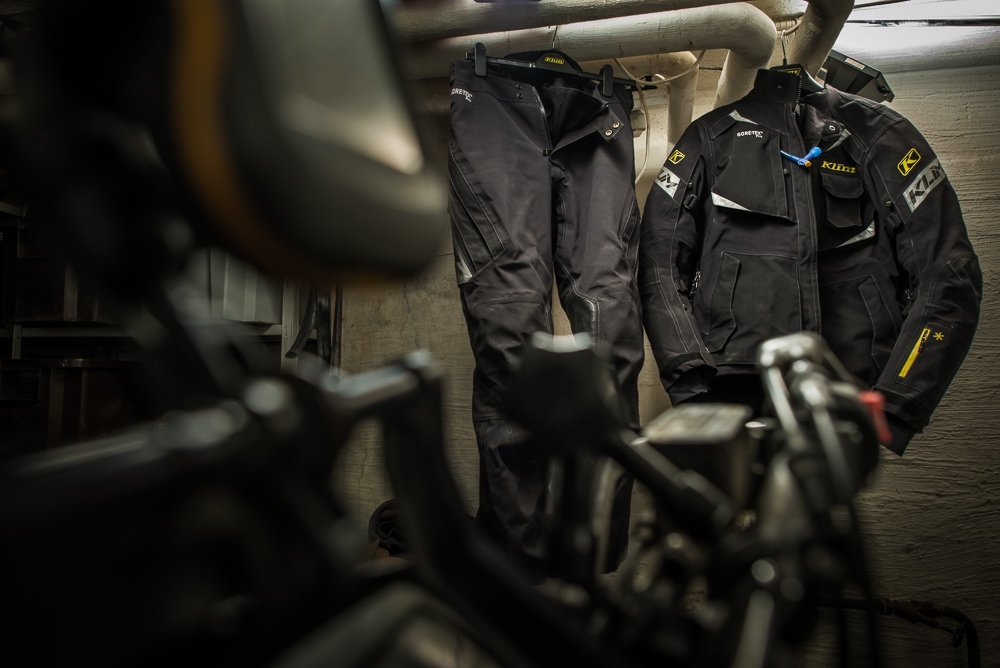
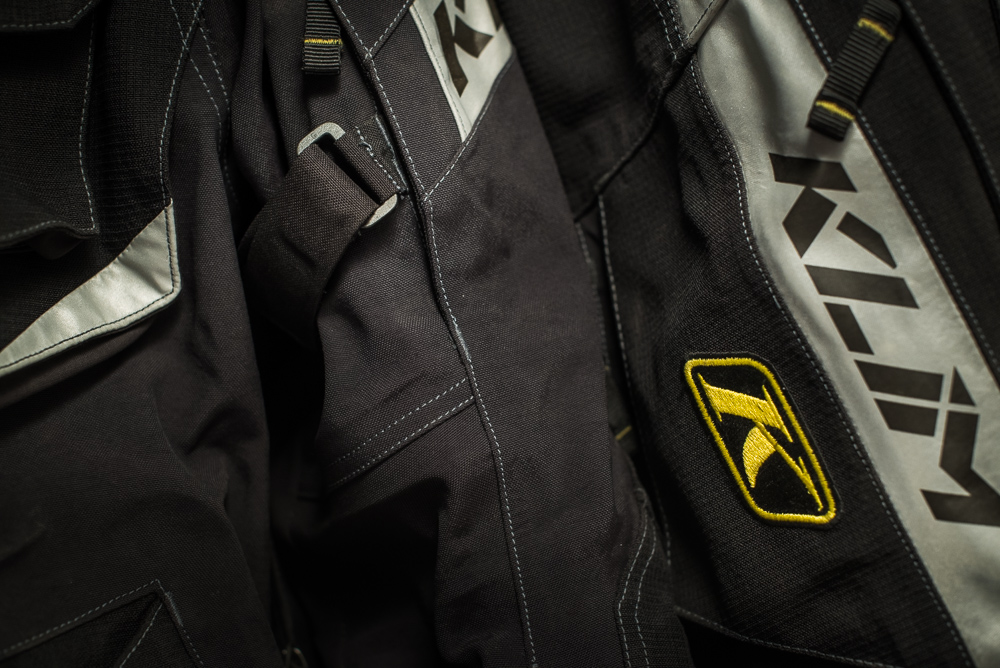

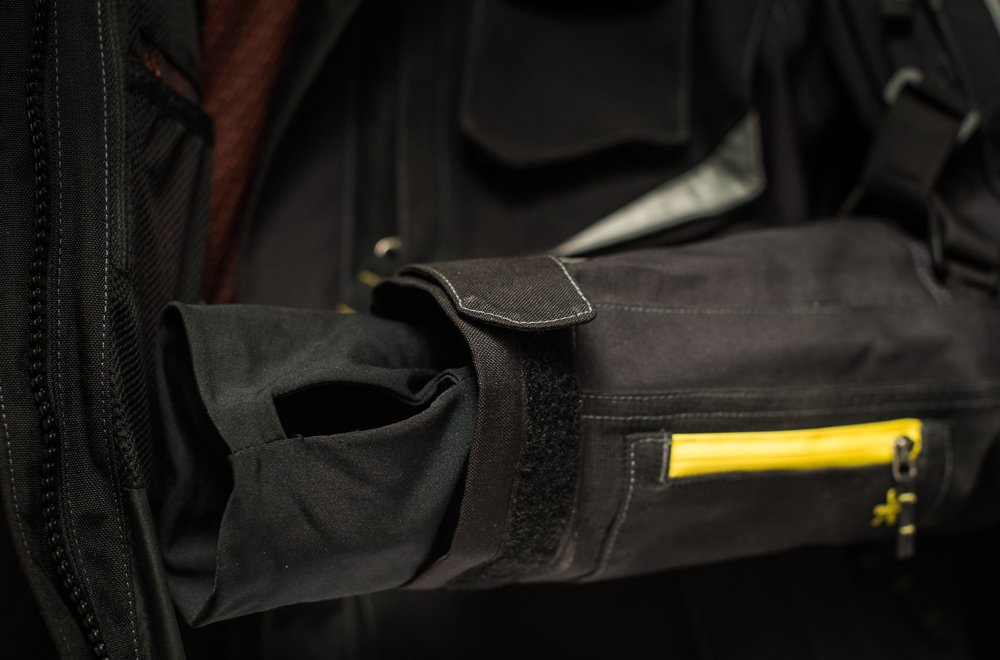
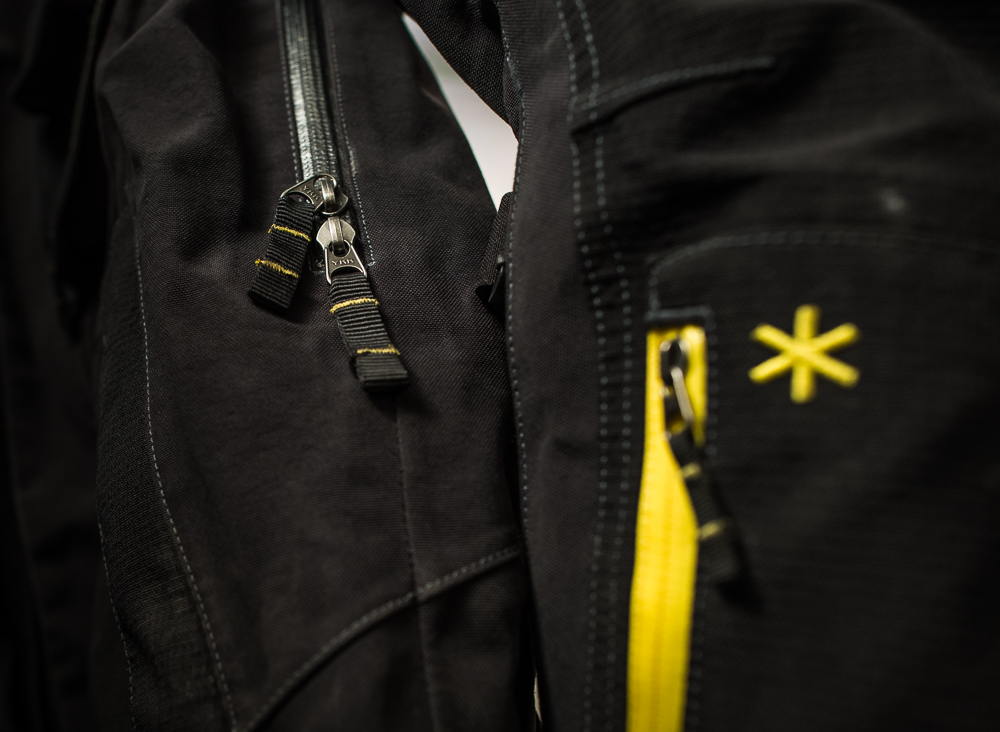
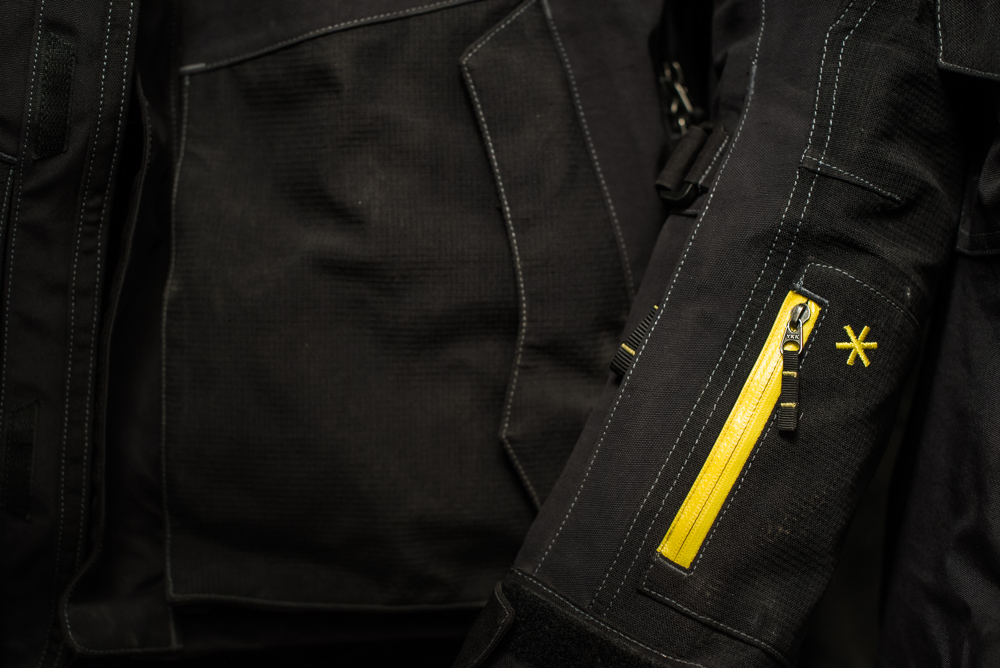
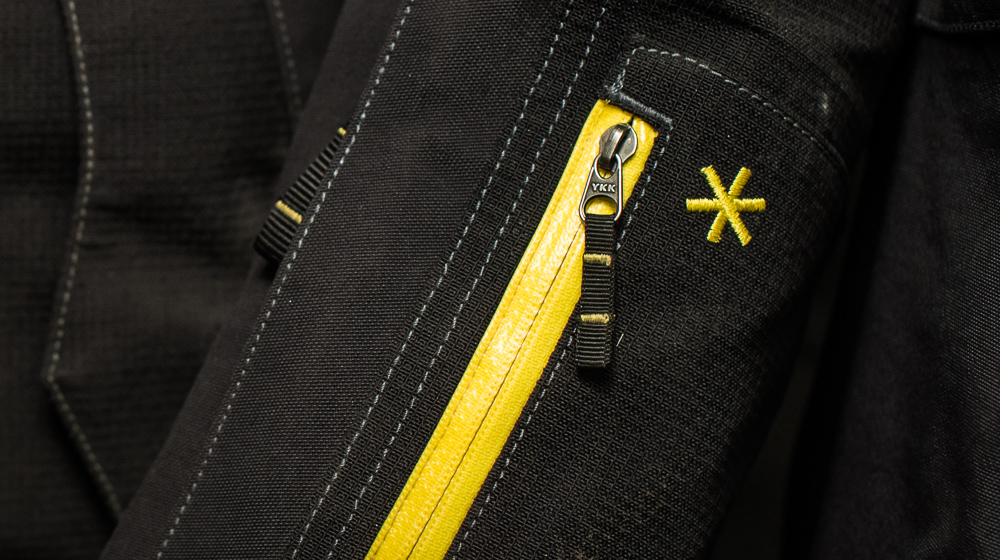
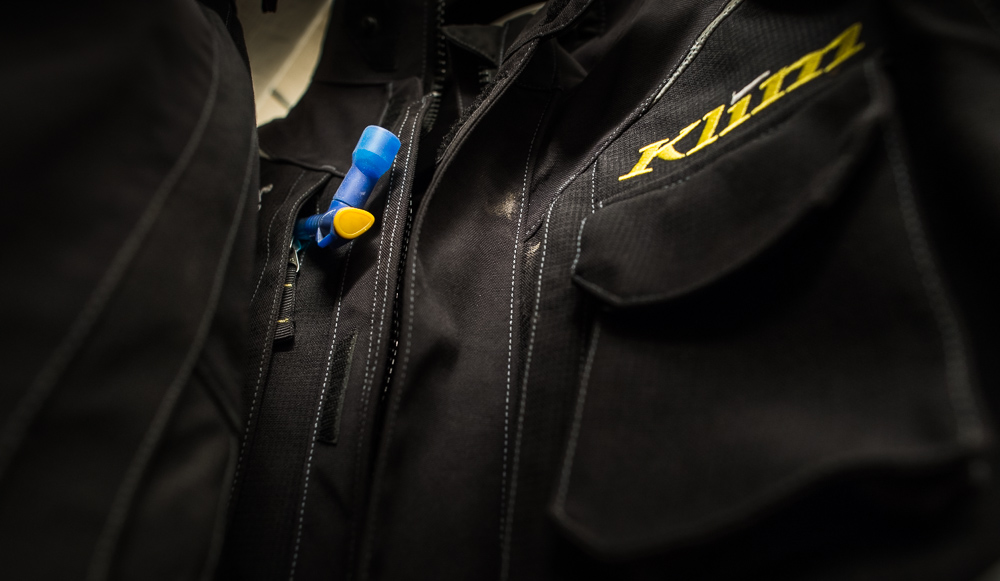
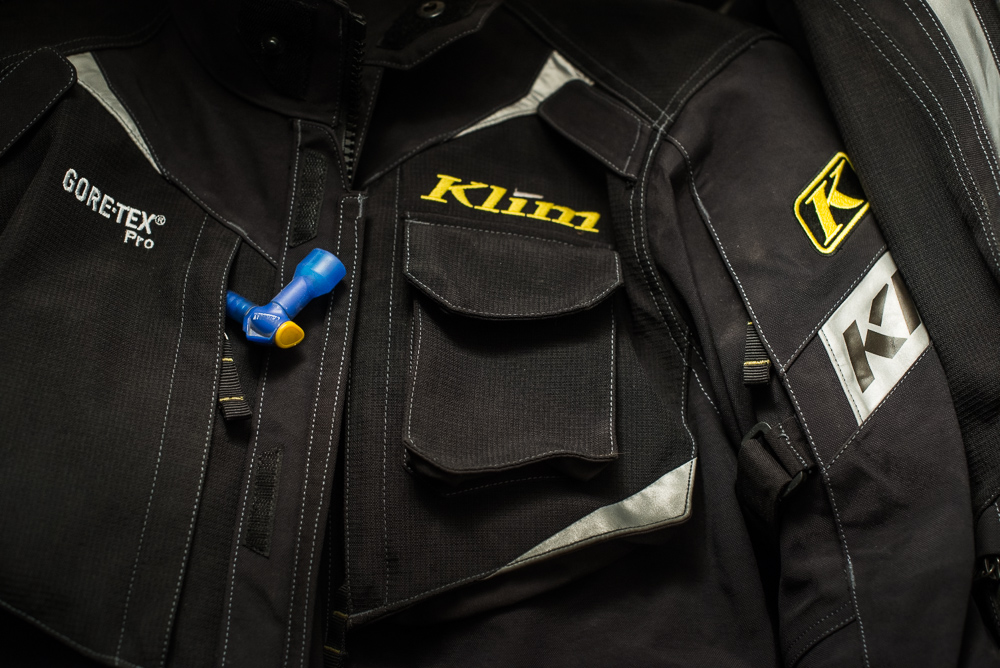
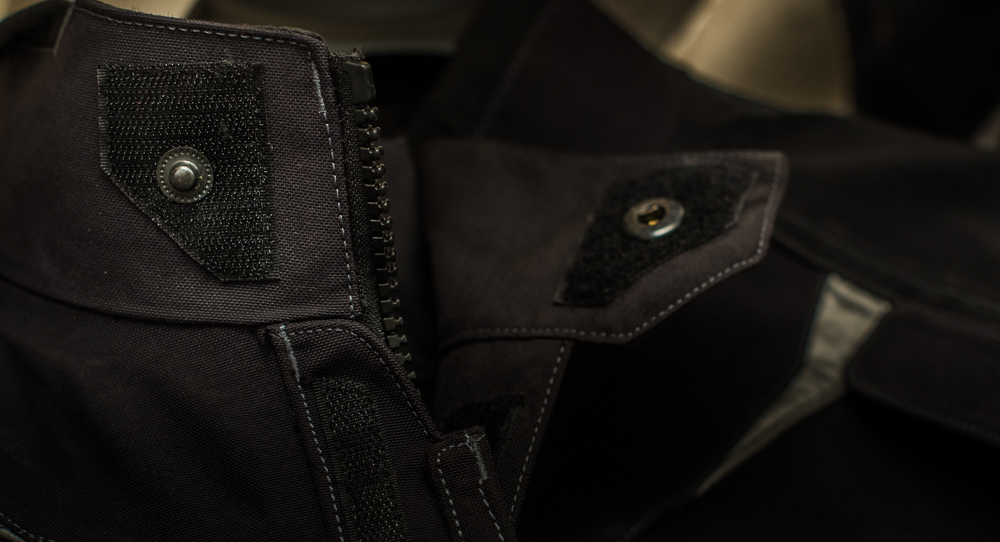
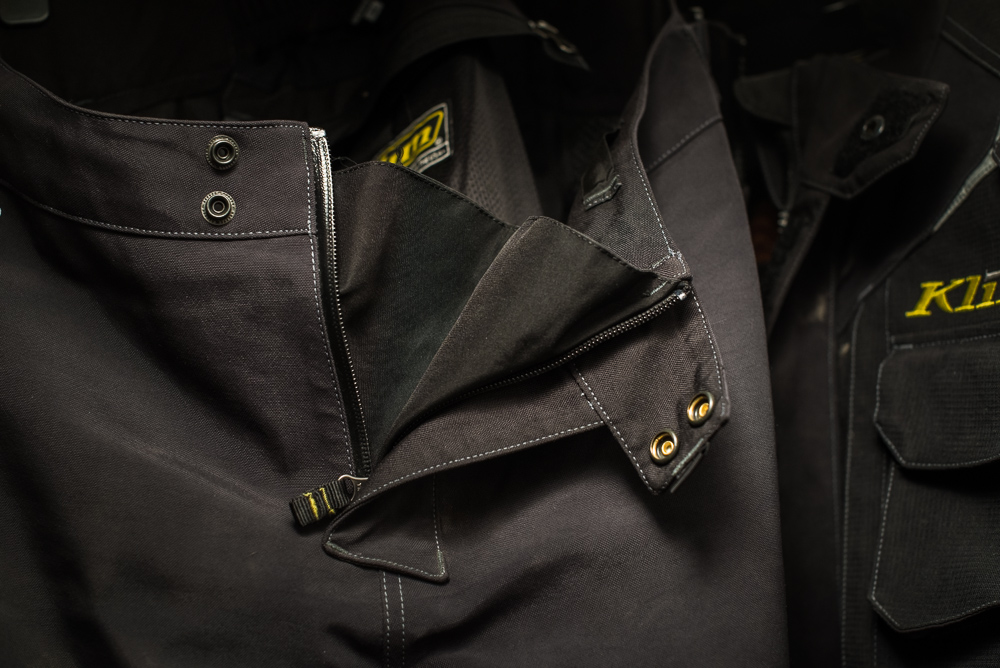
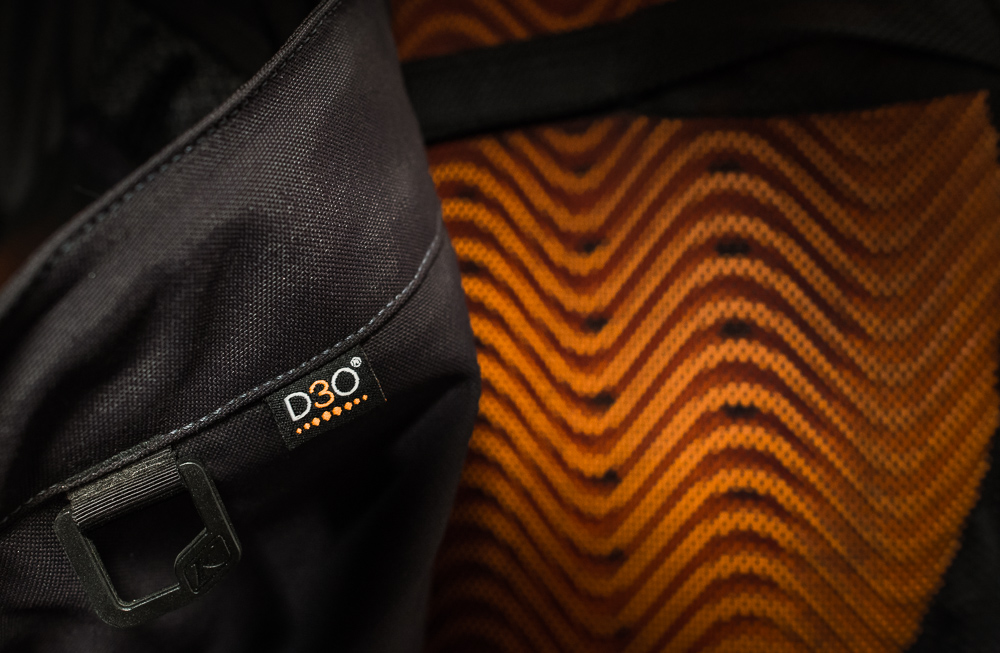
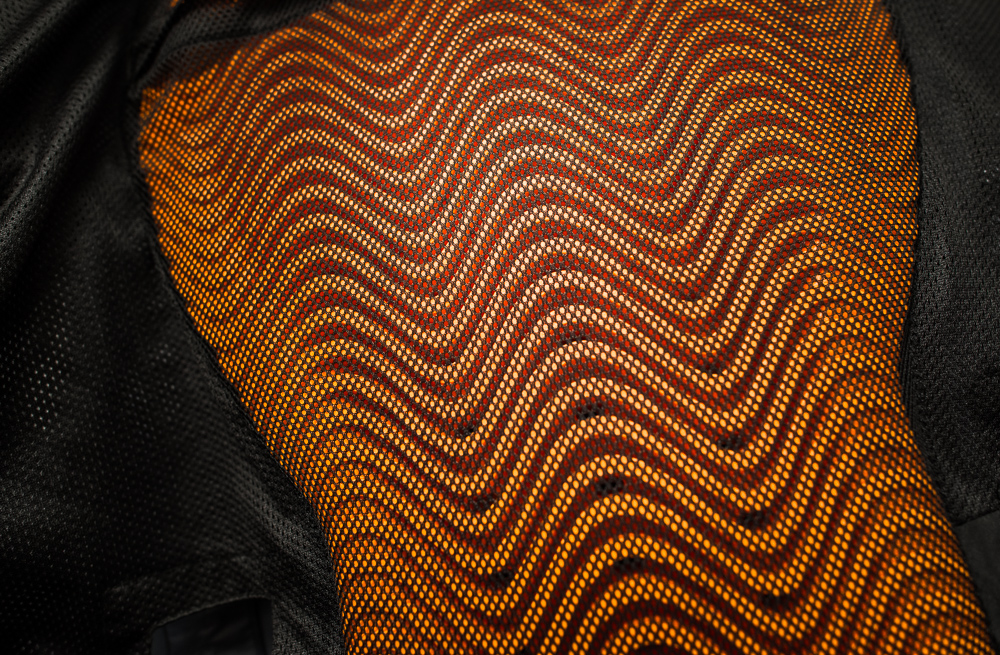
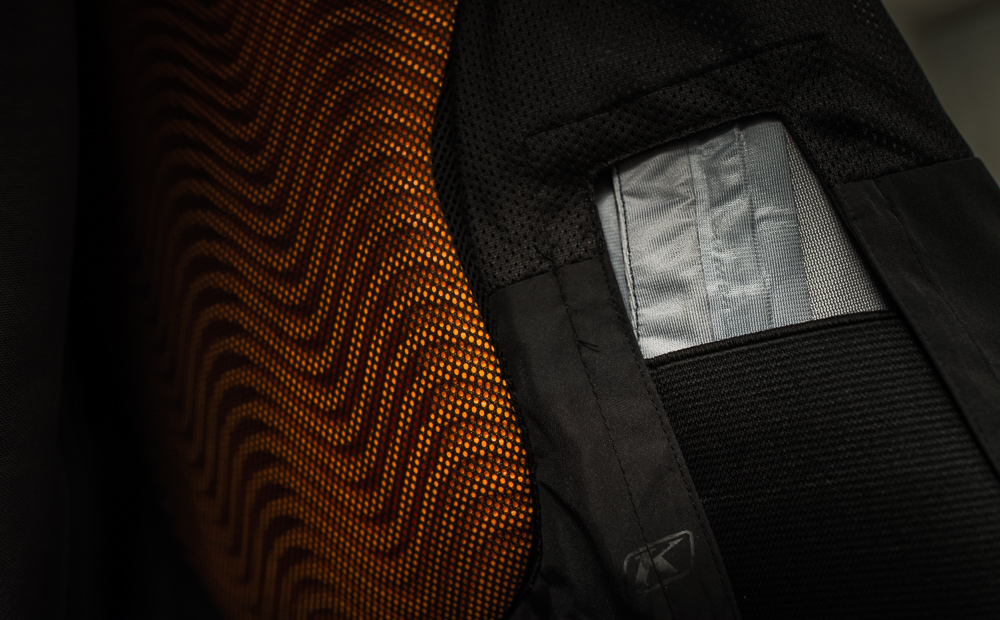
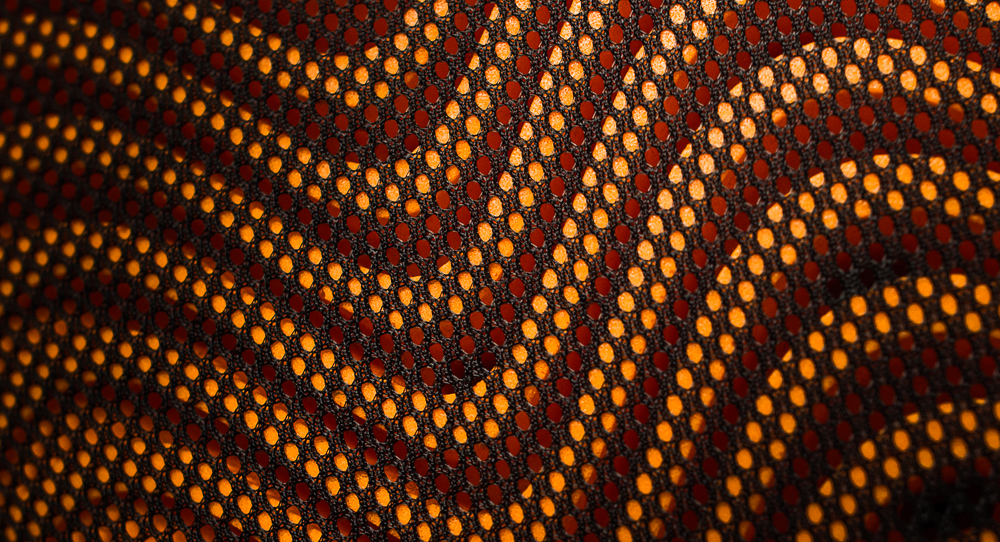
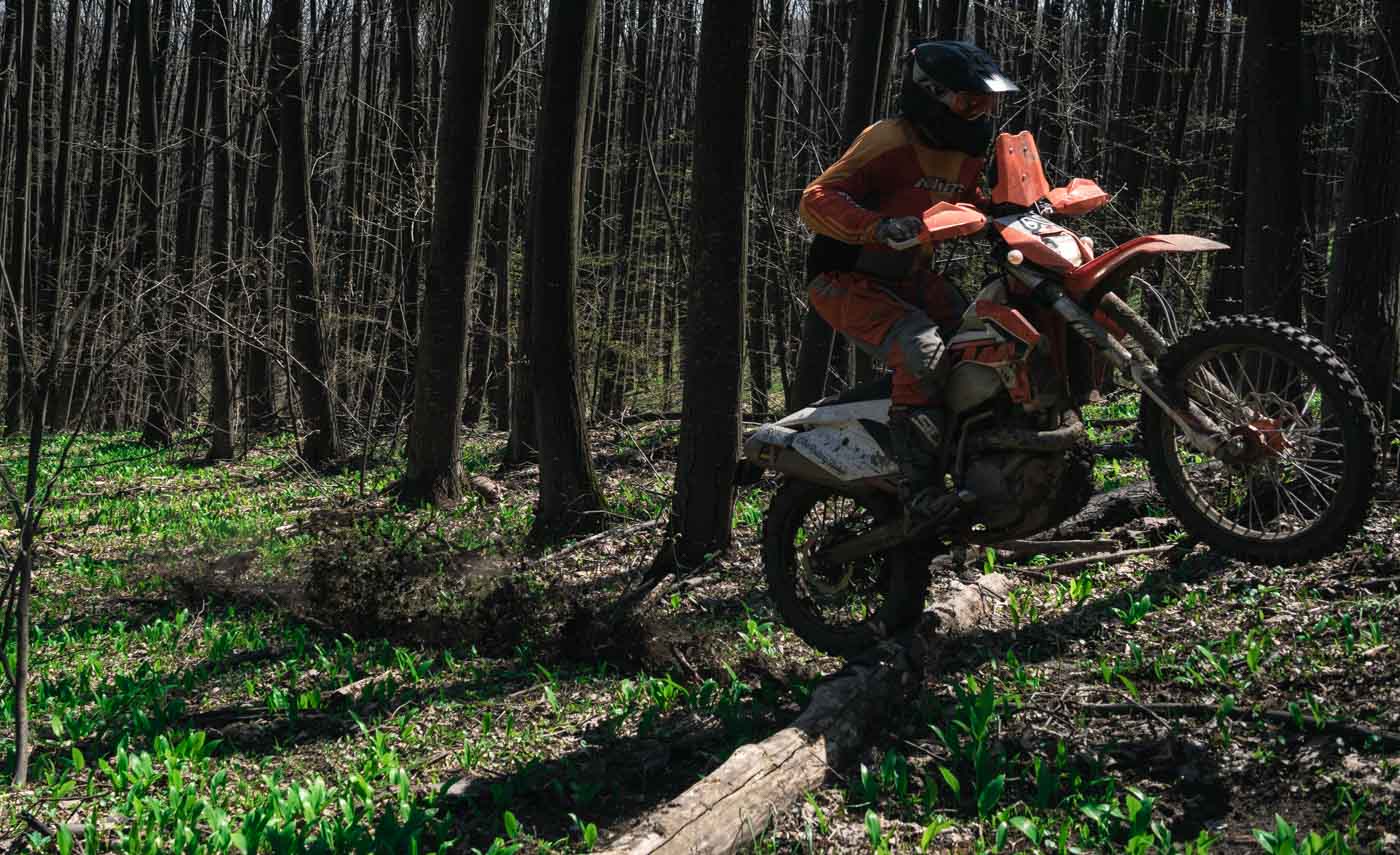

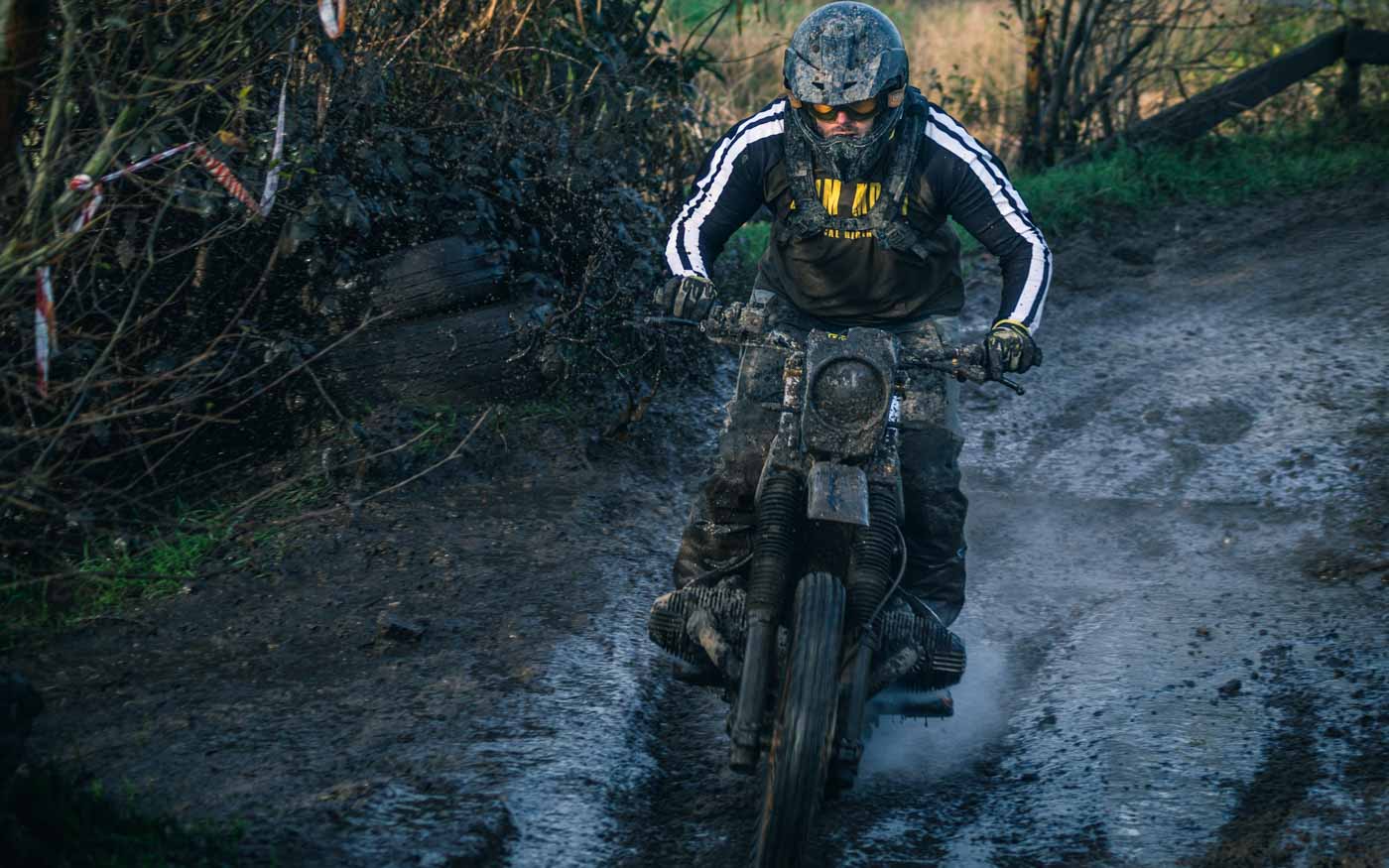
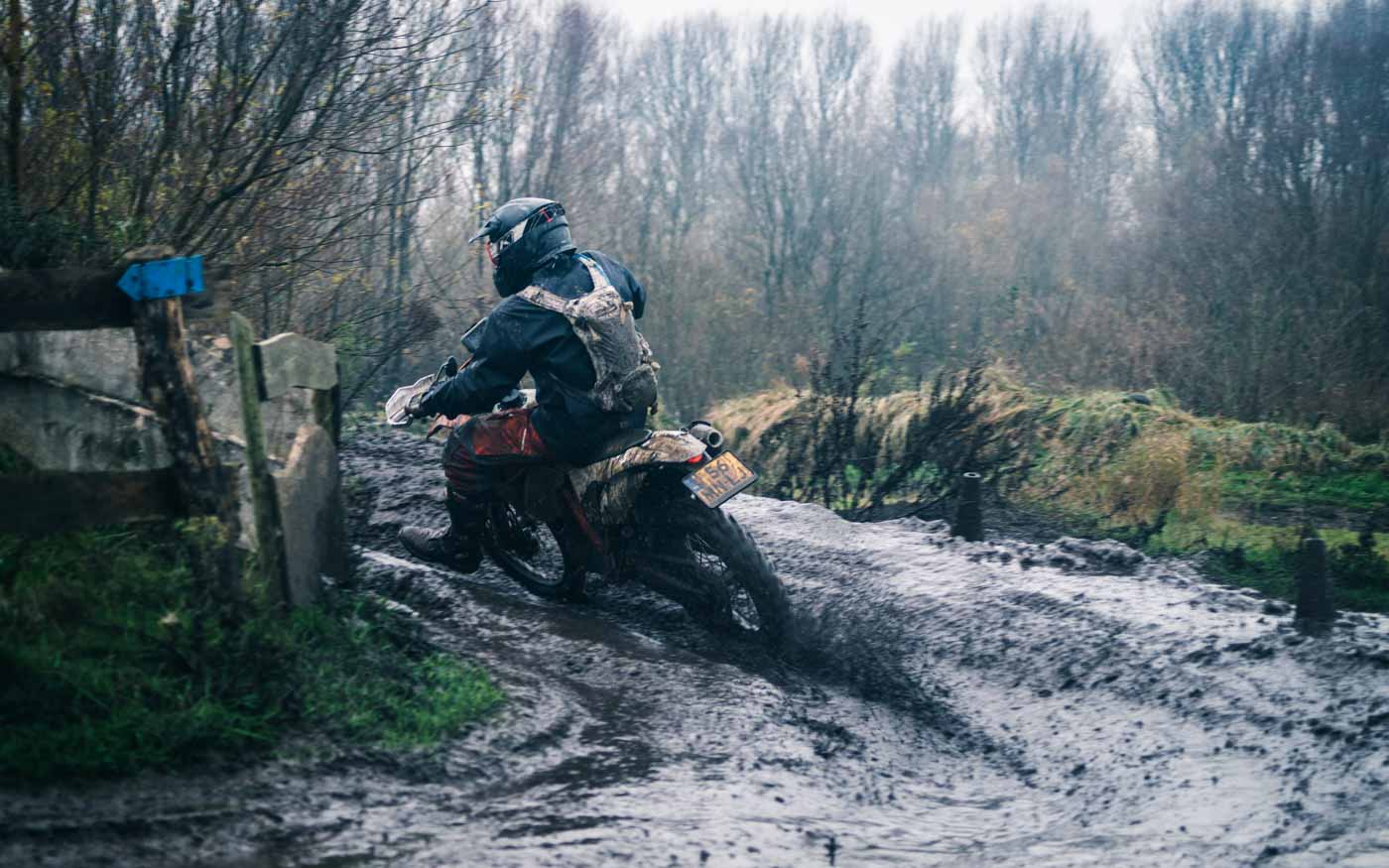
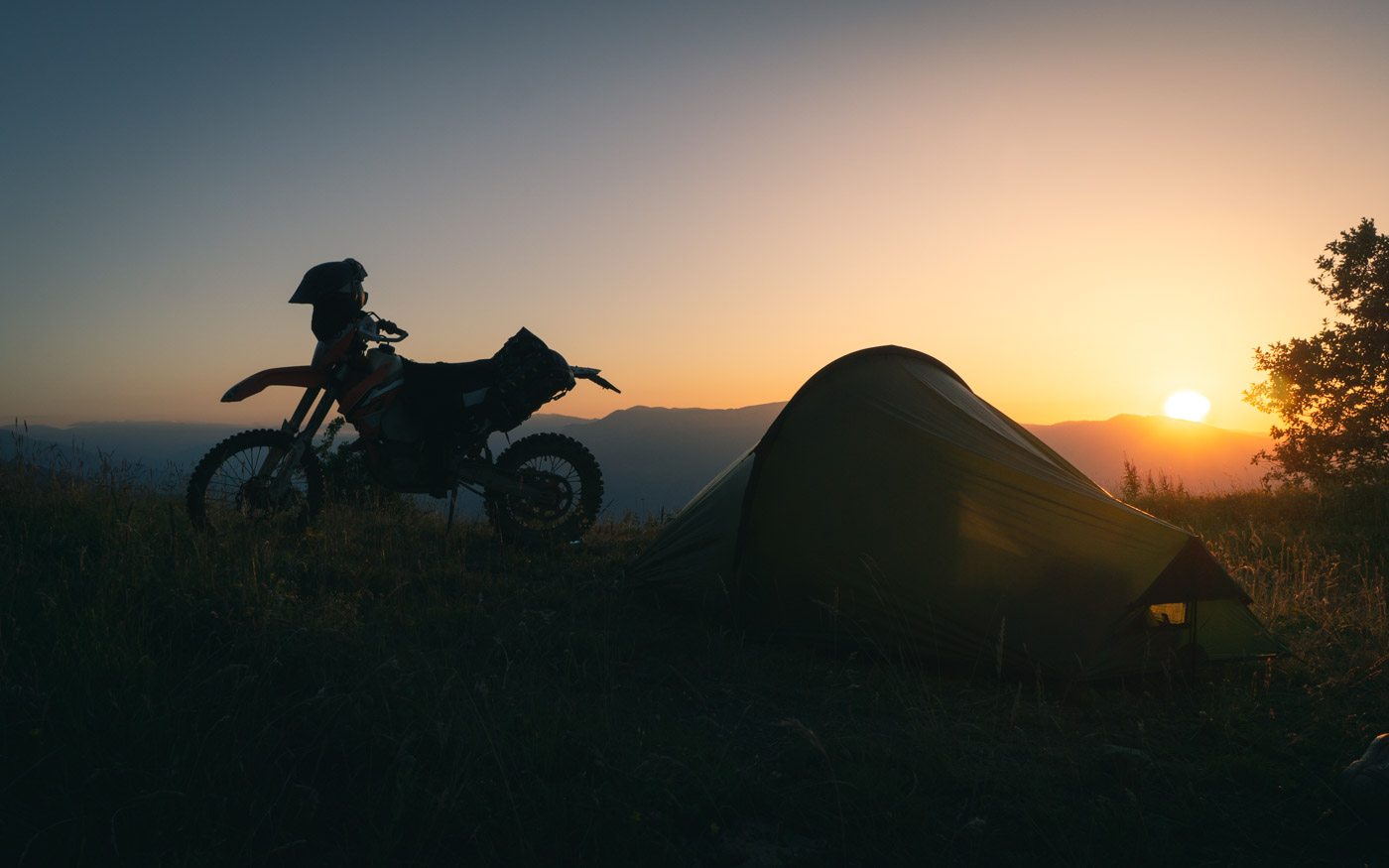
Hii there
Great write up as usual. I just would like to add a little thing regarding the storm cuffs. For those who don’t like them, if you look closely, the seem is done in a way, that you can remove the cuff without damaging the cuff or the bit on the jacket where the cuff is attached to. Just open up the thread in the seem and the cuff can be removed easy and with no damage. If you ever change you mind, the cuff then can be sown in again. If you just take the scissors to it, it might not be possible.
Happy trails
Marc
Great tip! I didn’t even have a look at the seam as I’m happy with the cuffs.
Hi there
nice read!
Like Marc, i would like to add something…
Qote; A very light short hoodless jacket with a low collar
As second layer i use the arctryx atom lt hoody. The hood does not disturb, but when it gets really cold, i wear it under my helmet. Nice and warm…
Cheers Rene
Thanks Rene! The Arc’teryx Atom LT Hoody looks nice. Interesting to know, that the hood isn’t an issue when it’s tucked down. It must give great protection to the neck area, if the hood is worn under the helmet. What about the drawcord on the hood. It seems to go pretty high up in the back of the head. Do you feel it in under the helmet?
My bad… It is the “nuclei hoody” no cord, therefore no problem.
The hood is very small.
And yes, the neck AND cheeks stay warm.
I am using the Klim F4 helmet.
Cheers Rene
Okay, makes sense. The Nuclei looks more suitable for a mid layer. Very nice and minimal. The hood looks toasty 🙂
Have you been happy with the F4? I’m currently using an Airoh Aviator. It’s very light, and well ventilated for hot days. On cold days I definitely need some insulation.
Yes it is very comfi… and since it is not down but Coreloft Fabric, washing is easier… it is very light and easy to store.
The F4 helmet is great! I was wearing it on my trip from Switzerland to Portugal.
It has many features, such as: Extra shield in case one breaks. The shield can be easily adjustet. The whole inner lining can be removed for washing. The vetilation is very good and inner lining drys very fast. There is a windstopper lining that can be installed when it is getting fresher in temperature. It also has a “nose protection thing” And it comes in a nice bag where one can put gloves and goggles when not in use or traveling via plane.
On longer and faster parts of the trip, it is advisable to wear earplugs.
I was driving in heavy rain, cold, warm and very foggy (San Sebastian Coast).
So far, i am very happy with the helmet and the Klim Radius Pro Goggles, witch fit perfectly.
Only Foggy waether was challenging, but i guess fog is always diffcult, no mater what helmet you use.
Also, clear view is overrated 🙂
Cheers R
“Only Foggy waether was challenging, but i guess fog is always diffcult, no mater what helmet you use.
Also, clear view is overrated”
True adventure spirit! =D
Yeah I need earplugs too on the Airoh. I think it’s the noisiest helmet I’ve ever had.
Thanks for the review. I have the BMW Savannah suit that I love it, except when it rains, and its summer… because I never wear the liner. The vents on BMW are awesome, even at 95 degrees Louisiana summer days… Any case, I am getting tired of them and want to buy the new 2015 Badlands pro, that will arrive in July. Can’t wait to have 1 suit for rain and dry weather.
Now about cold riding… I have been riding all weather for 20 years, take trips in the winter, etc… Since I bought my Garbin heated gear 3 ys ago, there is no looking back and I wonder why took me so long?? Opps, I remember … the $$$ They are awesome, I got the gloves, pants and jacket liner and for this Christmas got the socks. I took a trip that dropped to 20 degrees when I start riding at 6 am. Turn the volume nob on the heated gear and it was wonderful… Hands specially.
I read a line from a rider a while back who said: ” If my hands are cold, the freezing, the ride is no fun” and he was so right. I am done with riding and fingers are hurting… Sometimes you just get caught in nasty cold weather and to have this gloves on stand by are awesome.
My advise is if you don’t buy any heated gear, buy the jacket liner and the gloves.
I hope the new 2015 badlands will be even better! At the least the price is higher !!
Cheers
Hey David, sorry for the late reply.
The Badlands is definitely great for variable weather. Having to switch back and forth into rain gear gets tedious and irritating before too long.
I’ve actually use a heated vest under my dry suit on long cave dives in the winter. They are wonderful when they work. For some reason. I’ve never considered them for motorcycle use. Like you said, the hands are crucial. If you keep them warm, you will have a much better chance of staying toasty.
Great write up!
My winter-tip for the Badlands Pro is a long-sleeve Icebreaker baselayer. I have a heavy quality Icebreaker and on top of that a Klim Yukon pullover. The Yukon is a polarfleece pullover which is comfortable and light (thin too). Maybe not suited for really subzero temperatures, but it will do for most of the fall and winter.
Thanks mate! The Icebreaker is no doubt far superior to my Helly Hansen polys. Everyone keeps giving me a hard time about those, and not least because of the smell 🙂 The Yukon looks nice. The mid layer I currently have is from my climbing days and cut short, so it leaves a bit of a gap in the small of the back, which is far from optimal. Will look into the Yukon, thanks for the tip.
[…] the rain gear, mid layer and extra gloves. Riding in an integrated GoreTex suit, such as the Klim Badlands, negates the necessity for rain gear so there is less to pack. But the extra protection of the […]